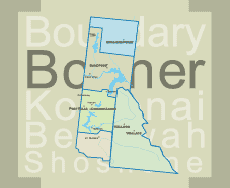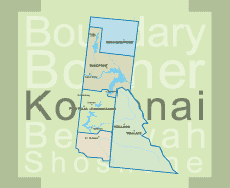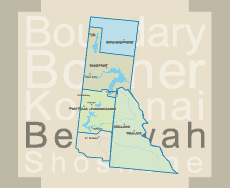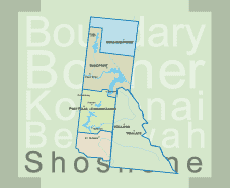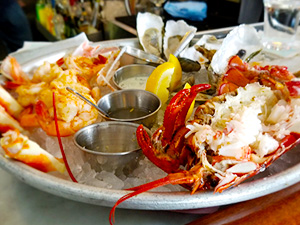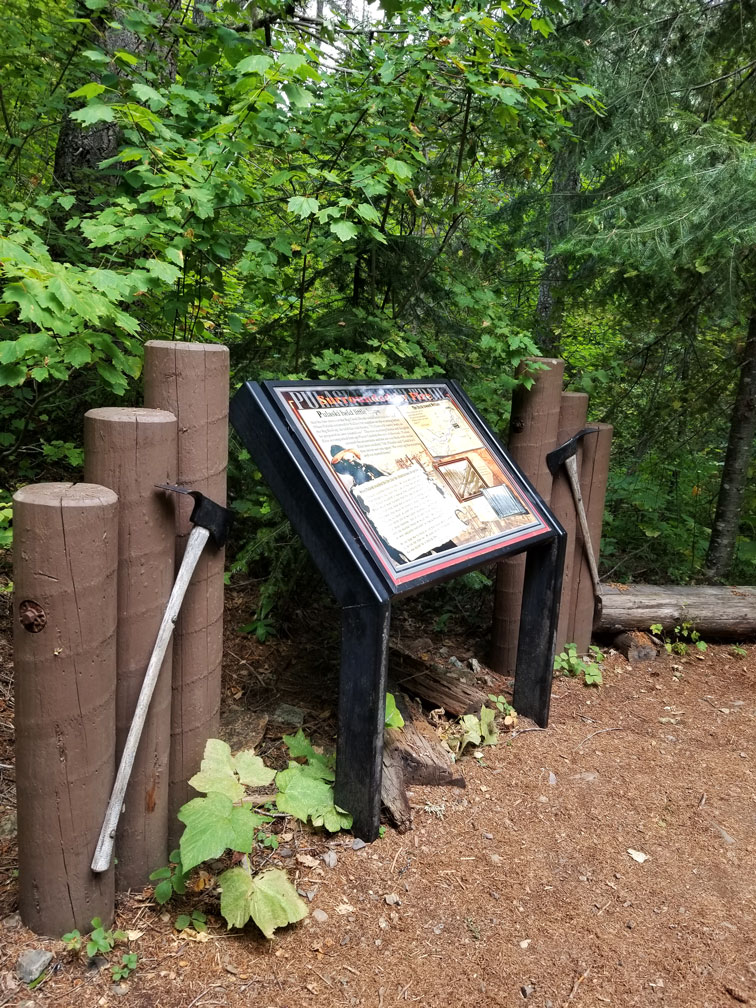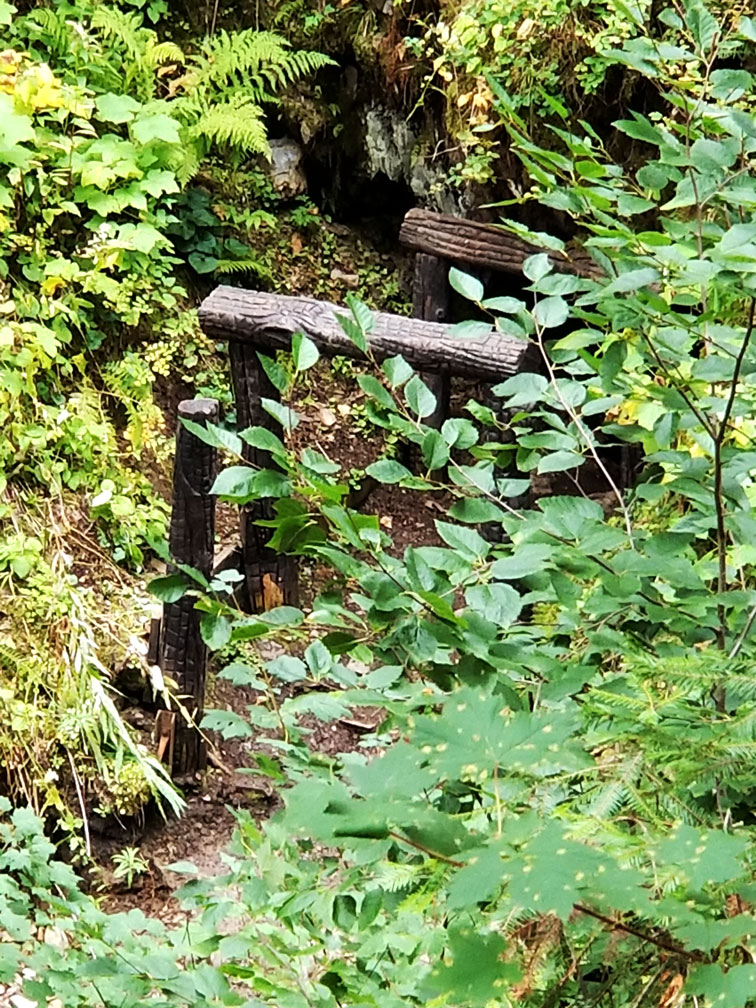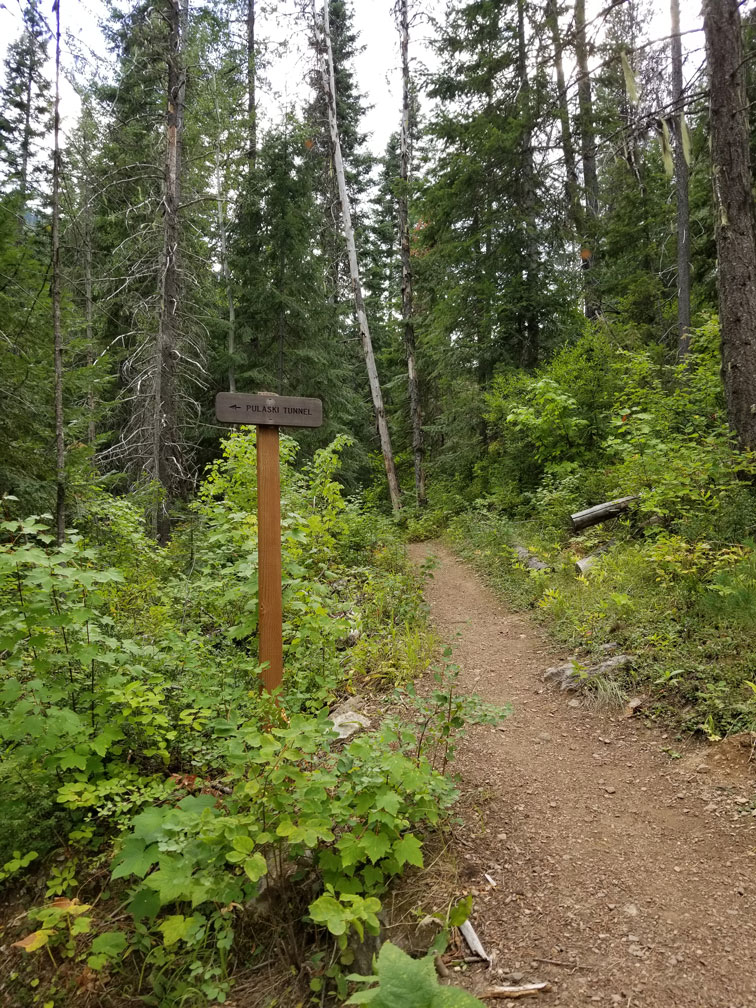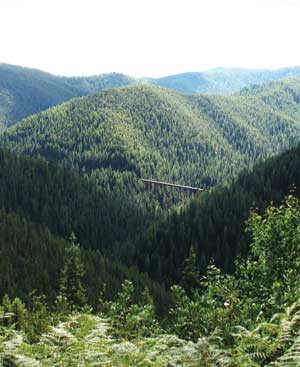
Early entrepreneurs were attracted by the anticipated glitter of gold, yet the promised “gold” turned out to be overshadowed by its just as enticing cousin, Silver. The town of Wallace popped up in 1884 to accommodate the influx of men (and a few women) seeking their fortunes in the luster of precious metals. The Silver Valley, producing 1,228,049,700 ounces of silver between 1884 and 2011, is still going strong. Despite its mountain riches, this area is just as well known for its reputation as an outdoor enthusiast’s dream.
Wallace, “Silver Capital of The World”, (Exit 61), is one of a few towns in its entirety listed on the National Register of Historic Places. There is a walking tour of Historic Wallace. The homes in the in the Historic District are local renditions of the American Colonial revival and bungalow styles, including Queen Anne and English Cottage styles prevalent in the 1930’s.
Wallace District Mining Museum, the Northern Pacific Depot Railroad Museum, and Oasis Bordello Museum are all worth a visit.
For another unique adventure, hop aboard the Sierra Silver Mine Tour trolley, where you will take a short ride out to the mine. At the mine you will be met by a retired miner, and travel underground to learn how an actual silver mine operates. The 6th Street Melodrama Theater offers an evening of colorful 1880’s-style entertainment.
Soon after King Street leaves Wallace’s city limits (about half-mile south) check out the Pulaski Tunnel trail, which features the abandoned mine where “Big Ed” Pulaski saved all but six of his 45-man firefighting crew in the fire of 1910
Northern Pacific Railroad Museum

